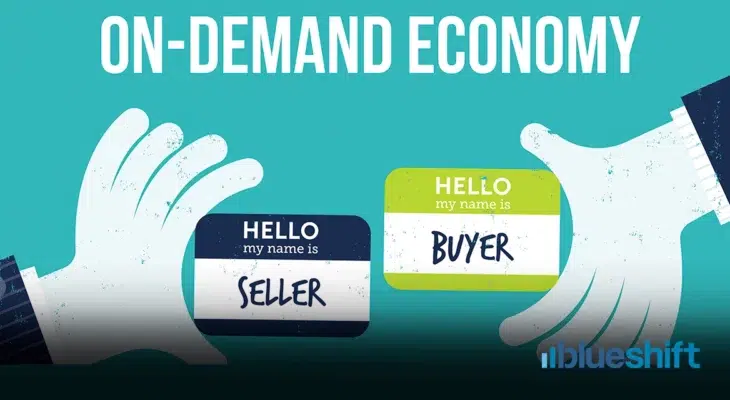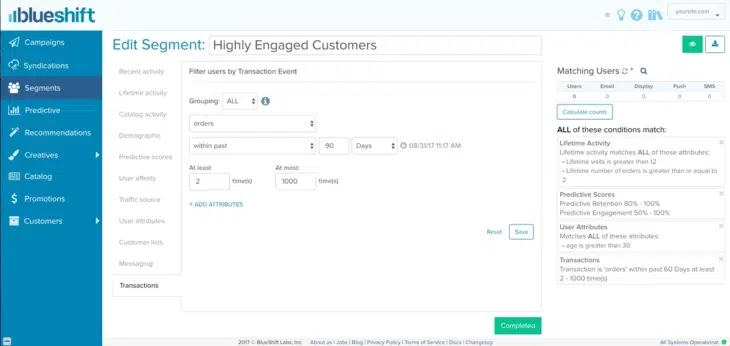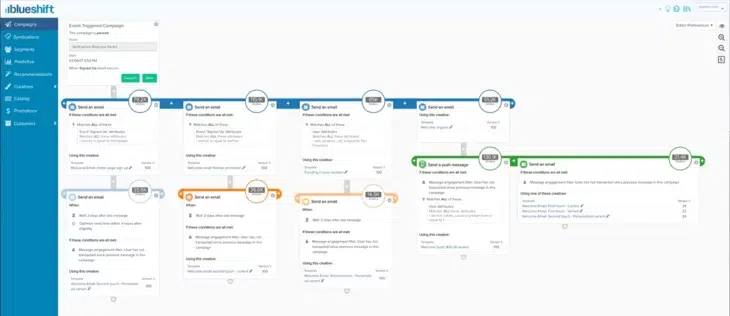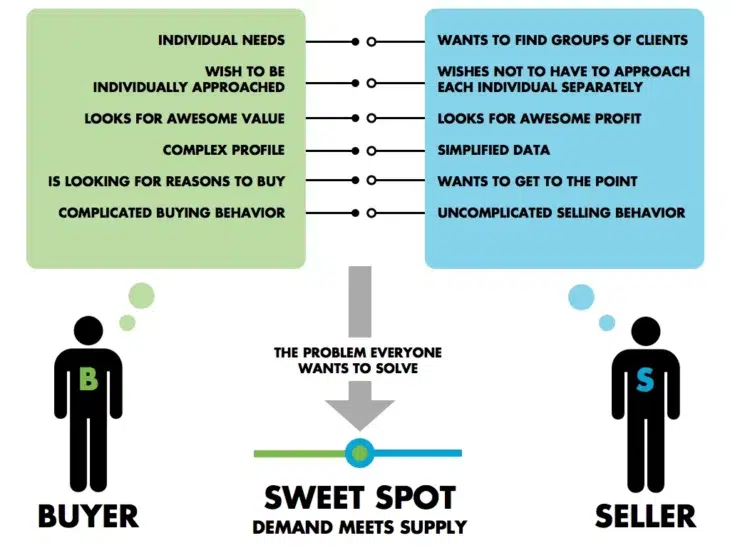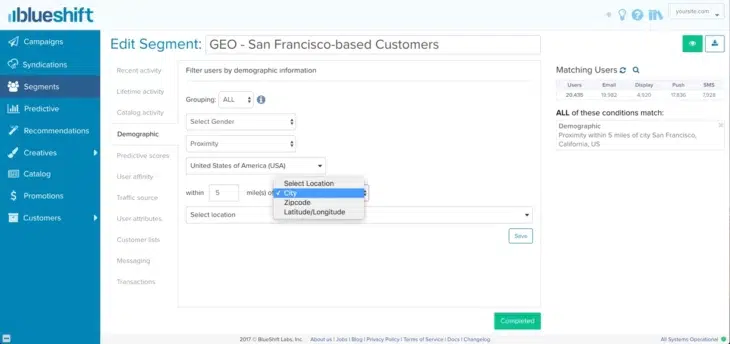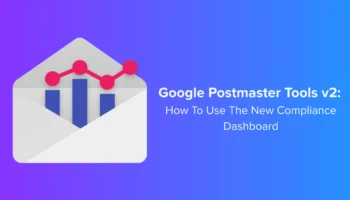How many times this year did you hear a business described as, “It’s like Uber, but for…”?
From groceries, to lodging, to — yes — transportation, a new crop of businesses has sprung up in recent years, providing their customers convenience at the push of a button.
And as the on-demand economy has risen, so have customer expectations that you should be able to get what you want, when you want it, with a minimum of fuss (and maybe even a bit of fun). Learn how data-driven marketing can help drive growth and sustainability in the long run.
The rise of the on-demand economy is intertwined with the sharing economy. Most on-demand service businesses aim to disrupt an existing industry by capitalizing on a ready-made workforce with a ready-made infrastructure. Uber and Lyft connect independent drivers with their own cars to passengers waiting for pickup. Postmates bridges the gap between hungry customers and the restaurants that surround them. Etsy helps artisans reach a nationwide marketplace.
The on-demand industry represents one of the best opportunities for business growth.
But some observers, such as Quartz, warn of an impending bubble collapse due to:
● Fickle customers.
● Expensive, sporadic services.
● A reliance on venture capital subsidies.
Despite these challenges, on-demand services can and have succeeded and gone on to become household names. How can you drive growth at your business?
